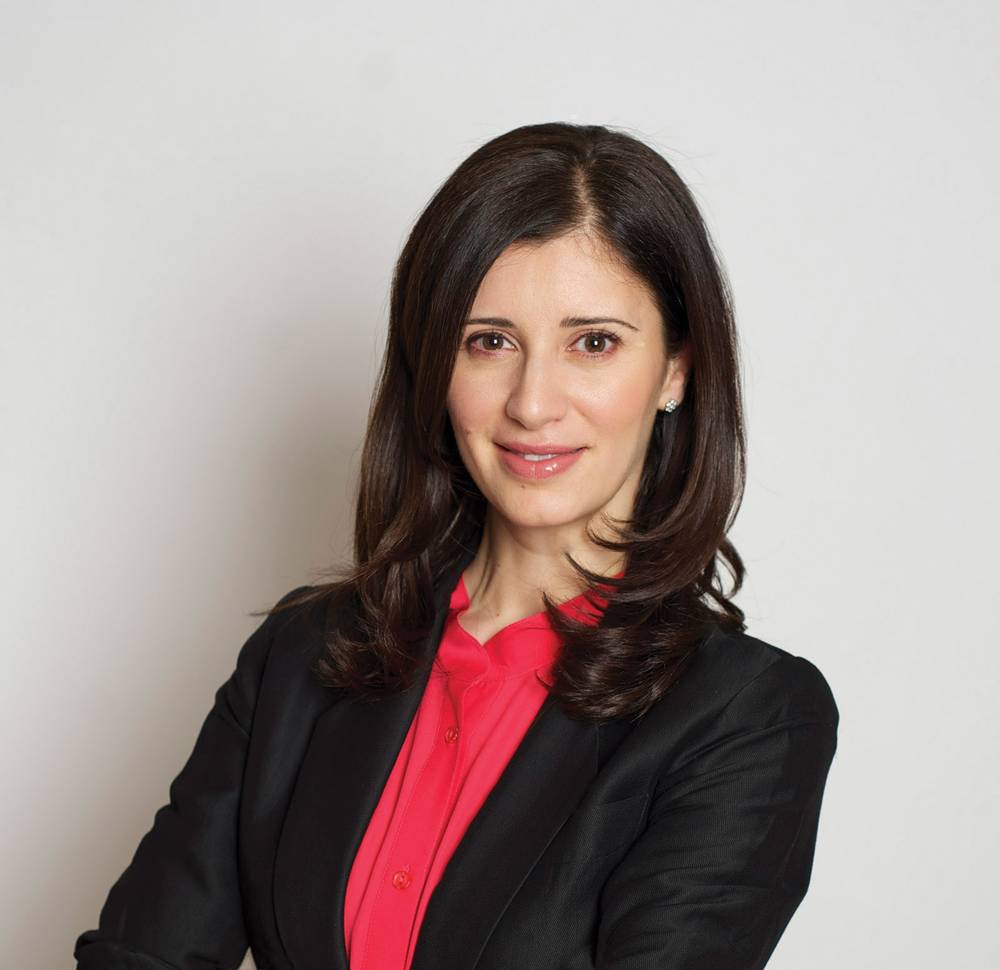Most of the photos I post on Facebook are as flattering as possible. But I can’t stop friends from tagging me in mortifying snapshots from college that make my nose look ... Klingon. It looks that way all the time. But before social media turned us into self-stalking paparazzi, I wasn’t confronted with it so frequently and at the mercy of a vastly critical audience.
That niche of self esteem ties into a staggering statistic reported recently by the American Society of Plastic Surgeons. Between 2010 and 2011, the ASPS found that chin augmentations increased 71 percent. The spike is attributed to heightened awareness of appearance thanks to the flood of photos and cruel live-chat camera angles on social media. It brings up all kinds of questions, and lucky for us local expert Dr. Jeannie Khavkin has some answers. Khavkin is a board-certified and fellowship-trained plastic surgeon specializing in procedures for the face and neck, emphasizing natural-looking results. Her practice in Las Vegas, Khavkin Facial Plastic Surgery, offers surgical and non-surgical services, both of which are on the rise.
A 71 percent jump in any statistic is pretty epic.
Usually you talk about single digits; 5 percent, 10 percent. But 70-plus percent—that’s pretty incredible. I haven’t seen anything surgical that I would say had the same magnitude as far as increase in a single year, but the non-surgical procedures—the Botox, the injectable fillers—that’s been up quite a bit as well.
Have you noticed anything in your own practice that reflects the correlation being made between the up-tick in procedures like chin augmentation and social-media use?
I have been seeing an increase in people coming into the office and saying, ‘I don’t like the way I look in my pictures on Facebook; when I talk on Skype.’ ... I think that social media is just bringing it to their attention more because they’re not just seeing their reflection in the mirror; they’re seeing themselves as they’re appearing to their friends, to their family, to the world.
What troubles me is the idea that some of these people might be developing a warped sense of what they actually look like, face to face, versus online.
I always have discussions with my patients about surgery risks and benefits. I never advise to undertake any kind of surgery lightly. I always want to make sure that they are ready for this and they truly need this. If they don’t have a weak chin, I’m not going to suggest that they get a chin implant. But if I really think that the chin implant will benefit them and balance their facial appearance, I will be honest with them. ... I always look for any kind of red flags, you know, using surgery to solve other issues that may be going in their lives, which it’s not going to.
Prospective patients are also using social media to gather information, before they even schedule a consultation with a practitioner. You’ve contributed to such a site, RealSelf, which allows patients to post questions that get answered by specialists.
According to the American Academy of Facial Plastic Surgery, there’s been about a 42 percent increase in people consulting social-media sites for information when they’re thinking of undergoing facial plastic surgery or facial procedures. It goes both ways. They’re looking for information, looking for patients that have had procedures, looking for reviews on their surgeon. There are forums; there are message boards.
What are some of the other trends being discussed on these sites and that you’ve noticed in your own patient pool?
The numbers of males getting plastic surgery and facial procedures is also on the rise. Maybe not as much skin care, but Botox in their foreheads, some fillers and definitely facial surgeries—facelifts, neck lifts, rhinoplasty—all of those. … Younger women are coming in for Botox and injectable fillers because they want to prevent wrinkles.
Botox can be used as prevention?
Yeah, because you’re weakening the muscle, so it’s not contracting as much, because the contraction of the muscle leads to those dynamic wrinkles. We call them dynamic wrinkles because they’re created by the contraction of the muscle. So the less your muscle’s contracting, the less chance of a wrinkle developing.
As technology continues to advance, do you see more trends like this happening?
I’m curious to see what kind of trends HD technology is going to create. It’s so much more detailed—you see every pore, every wrinkle. You’re able to see so many more imperfections that you normally don’t really notice, and once you see them they’re in your head (laughs).
Not all of your work deals with elective cosmetic procedures. You’re also a founding board member of Smiles for Survivors, a nonprofit that provides dental care for breast cancer survivors who’ve experienced oral complications from chemotherapy. And you use your surgical skills to help victims of violent crime.
I do reconstructions on patients that have been assaulted ... and also, my [neurosurgeon] husband and I are part of Helping Hands Surgical Care, where we get involved in free surgeries for the under-insured and uninsured patients.
In general, the public’s perception of plastic surgery has changed a lot in a generation. But your job will always require great delicacy and sensitivity.
I feel like not only do I have to be a facial plastic surgeon, I have to be a little bit of a psychologist, too. You always have to see what is the true motivation behind what a patient is requesting. If they have a true problem, then of course we can talk about different options to fix the problem. But if this is something that only they’re seeing and I don’t quite see it, then I’ll be really honest with them that maybe I’m not somebody who can help them achieve what they want. That’s the bottom line.








Previous Discussion: